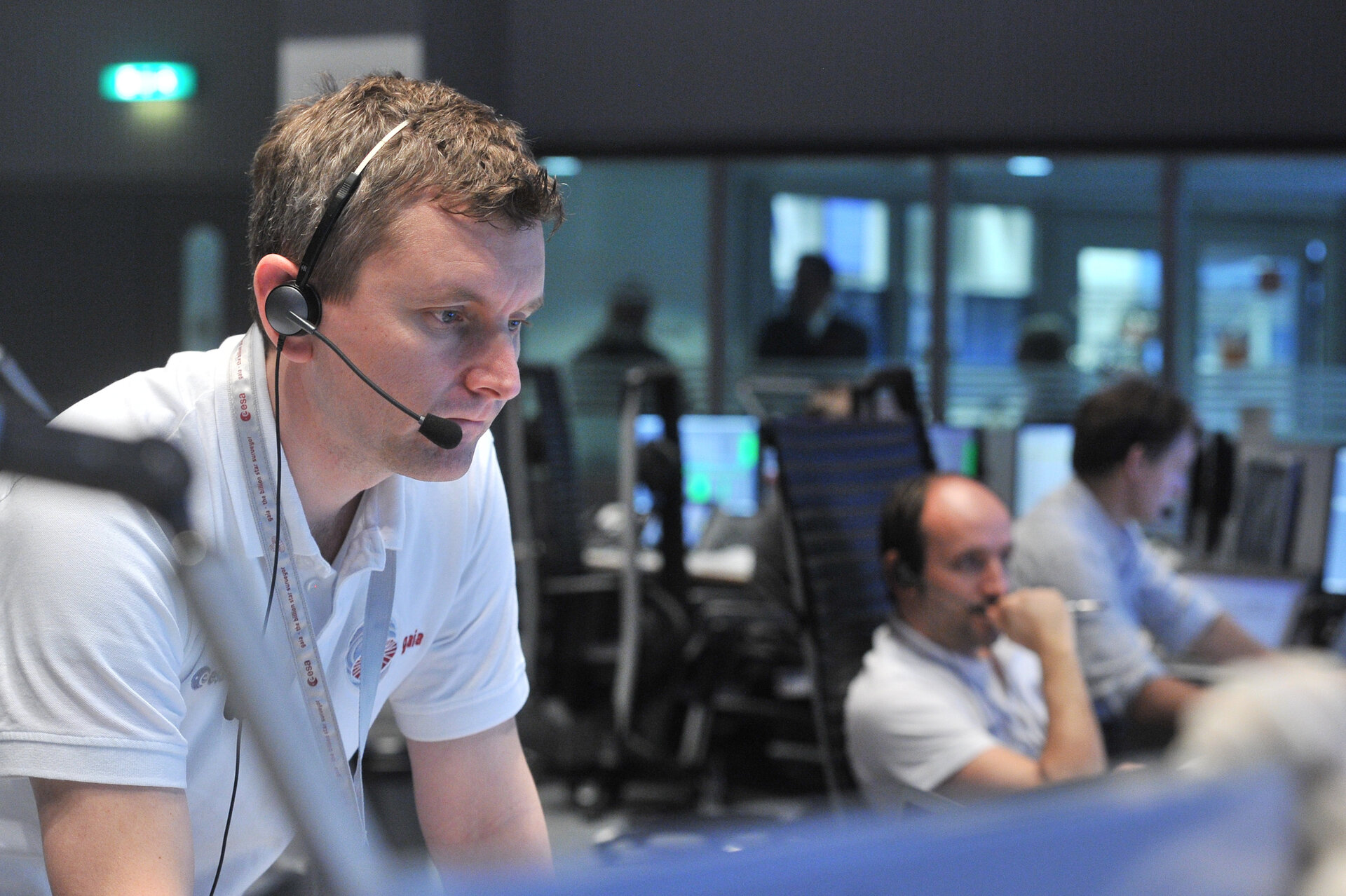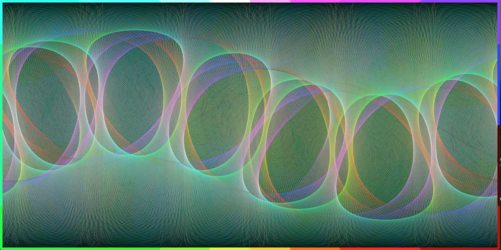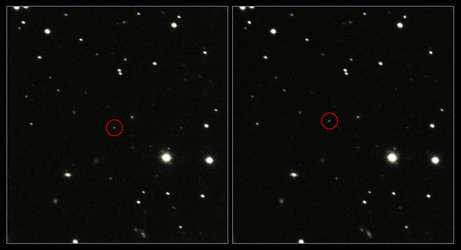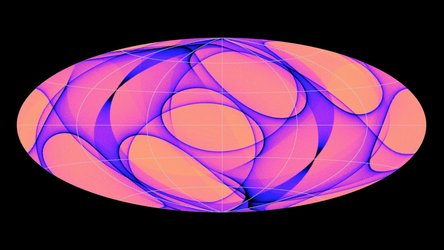Accept all cookies Accept only essential cookies See our Cookie Notice

About ESA
The European Space Agency (ESA) is Europe’s gateway to space. Its mission is to shape the development of Europe’s space capability and ensure that investment in space continues to deliver benefits to the citizens of Europe and the world.
Highlights
ESA - United space in Europe
This is ESA ESA facts Member States & Cooperating States Funding Director General Top management For Member State Delegations European vision European Space Policy ESA & EU Space Councils Responsibility & Sustainability Annual Report Calendar of meetings Corporate newsEstablishments & sites
ESA Headquarters ESA ESTEC ESA ESOC ESA ESRIN ESA EAC ESA ESAC Europe's Spaceport ESA ESEC ESA ECSAT Brussels Office Washington OfficeWorking with ESA
Business with ESA ESA Commercialisation Gateway Law at ESA Careers Cyber resilience at ESA IT at ESA Newsroom Partnerships Merchandising Licence Education Open Space Innovation Platform Integrity and Reporting Administrative Tribunal Health and SafetyMore about ESA
History ESA Historical Archives Exhibitions Publications Art & Culture ESA Merchandise Kids Diversity ESA Brand Centre ESA ChampionsLatest
Space in Member States
Find out more about space activities in our 23 Member States, and understand how ESA works together with their national agencies, institutions and organisations.
Science & Exploration
Exploring our Solar System and unlocking the secrets of the Universe
Go to topicAstronauts
Missions
Juice Euclid Webb Solar Orbiter BepiColombo Gaia ExoMars Cheops Exoplanet missions More missionsActivities
International Space Station Orion service module Gateway Concordia Caves & Pangaea BenefitsLatest
Space Safety
Protecting life and infrastructure on Earth and in orbit
Go to topicAsteroids
Asteroids and Planetary Defence Asteroid danger explained Flyeye telescope: asteroid detection Hera mission: asteroid deflection Near-Earth Object Coordination CentreSpace junk
About space debris Space debris by the numbers Space Environment Report In space refuelling, refurbishing and removingSafety from space
Clean Space ecodesign Zero Debris Technologies Space for Earth Supporting Sustainable DevelopmentLatest
Applications
Using space to benefit citizens and meet future challenges on Earth
Go to topicObserving the Earth
Observing the Earth Future EO Copernicus Meteorology Space for our climate Satellite missionsCommercialisation
ESA Commercialisation Gateway Open Space Innovation Platform Business Incubation ESA Space SolutionsLatest
Enabling & Support
Making space accessible and developing the technologies for the future
Go to topicBuilding missions
Space Engineering and Technology Test centre Laboratories Concurrent Design Facility Preparing for the future Shaping the Future Discovery and Preparation Advanced Concepts TeamSpace transportation
Space Transportation Ariane Vega Space Rider Future space transportation Boost! Europe's Spaceport Launches from Europe's Spaceport from 2012Latest

Four years of Gaia
Thank you for liking
You have already liked this page, you can only like it once!
Four years ago, on 19 December 2013, Gaia was launched from Europe’s Spaceport in Kourou, French Guiana. The mission’s operations teams led by Spacecraft Operations Manager David Milligan (pictured), followed the event from the control room in Darmstadt, Germany.
Gaia is charting a 3D map of the Milky Way, accurately measuring and cataloguing the positions, distances and motions of more than a billion stars.
This ambitious mission aims to reveal the composition, formation and evolution of the Galaxy. Gaia instruments are collecting over 10 000 times the data of its Hipparcos predecessor, launched in the late 1980s.
Measuring stellar positions and motions to the required accuracy is not easy, requiring extreme precision in the stability of the spacecraft, detailed knowledge of its position and unprecedented accuracy in timing.
This marvel of technology has executed over 1.6 million commands, completed 29 manoeuvres, performed some 1108 billion total measurements, made more than 3100 ground-station contacts and accumulated 47.5 TB of science data.
Once the data are acquired and downlinked, the work is just starting, as they have to be processed by a large consortium of scientists and engineers across Europe. Astronomers will delve into the data to investigate the present and past history of our Galaxy – a process that will continue for years after the spacecraft has competed its task.
ESA’s Hipparcos yielded a primary catalogue with positions, distances and motions of about 118 000 stars, and a secondary catalogue with less precise measurements for over two million stars. Gaia’s instruments not only collect more data but also provide extremely more accurate information. The data produced during the first five years of Gaia could fill 70 000 CDs.
In September 2016, Gaia published its first data release, a ‘taster’ catalogue containing more than a billion positions of stars on the sky and, for a subset of two million, also the parallax and proper motion. Next April, a new catalogue will be published containing positions, parallaxes and proper motions for more than a billion stars. This ground-breaking release will also include the brightness and colours of almost all stars, and other astrophysical parameters, such as radial velocity or temperature, for a subset of them.
More information
-
CREDIT
ESA -
LICENCE
ESA Standard Licence

Gaia's 10th anniversary

Gaia sky scan

Where’s Gaia?

Gaia sky scan















 Germany
Germany
 Austria
Austria
 Belgium
Belgium
 Denmark
Denmark
 Spain
Spain
 Estonia
Estonia
 Finland
Finland
 France
France
 Greece
Greece
 Hungary
Hungary
 Ireland
Ireland
 Italy
Italy
 Luxembourg
Luxembourg
 Norway
Norway
 The Netherlands
The Netherlands
 Poland
Poland
 Portugal
Portugal
 Czechia
Czechia
 Romania
Romania
 United Kingdom
United Kingdom
 Slovenia
Slovenia
 Sweden
Sweden
 Switzerland
Switzerland

























